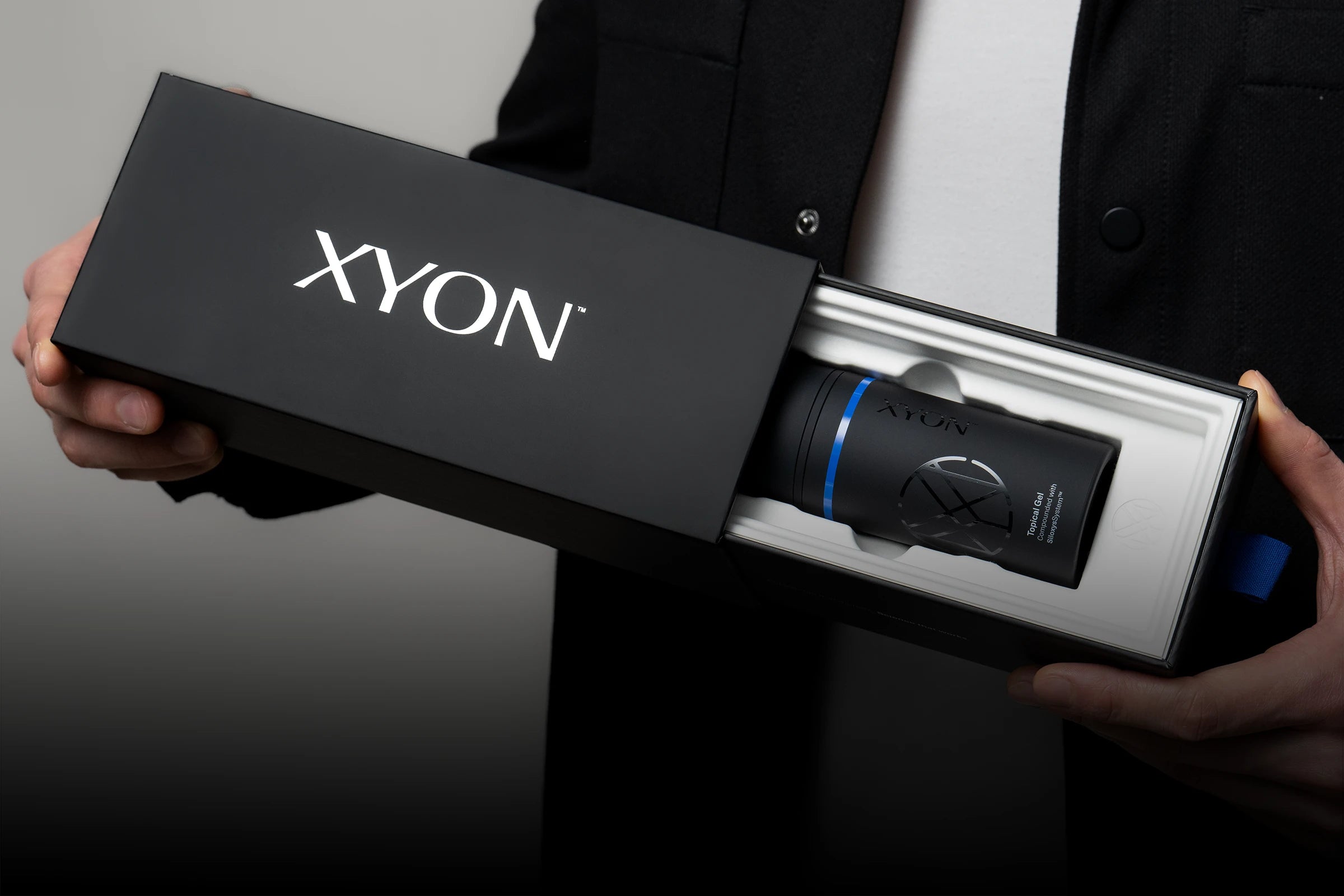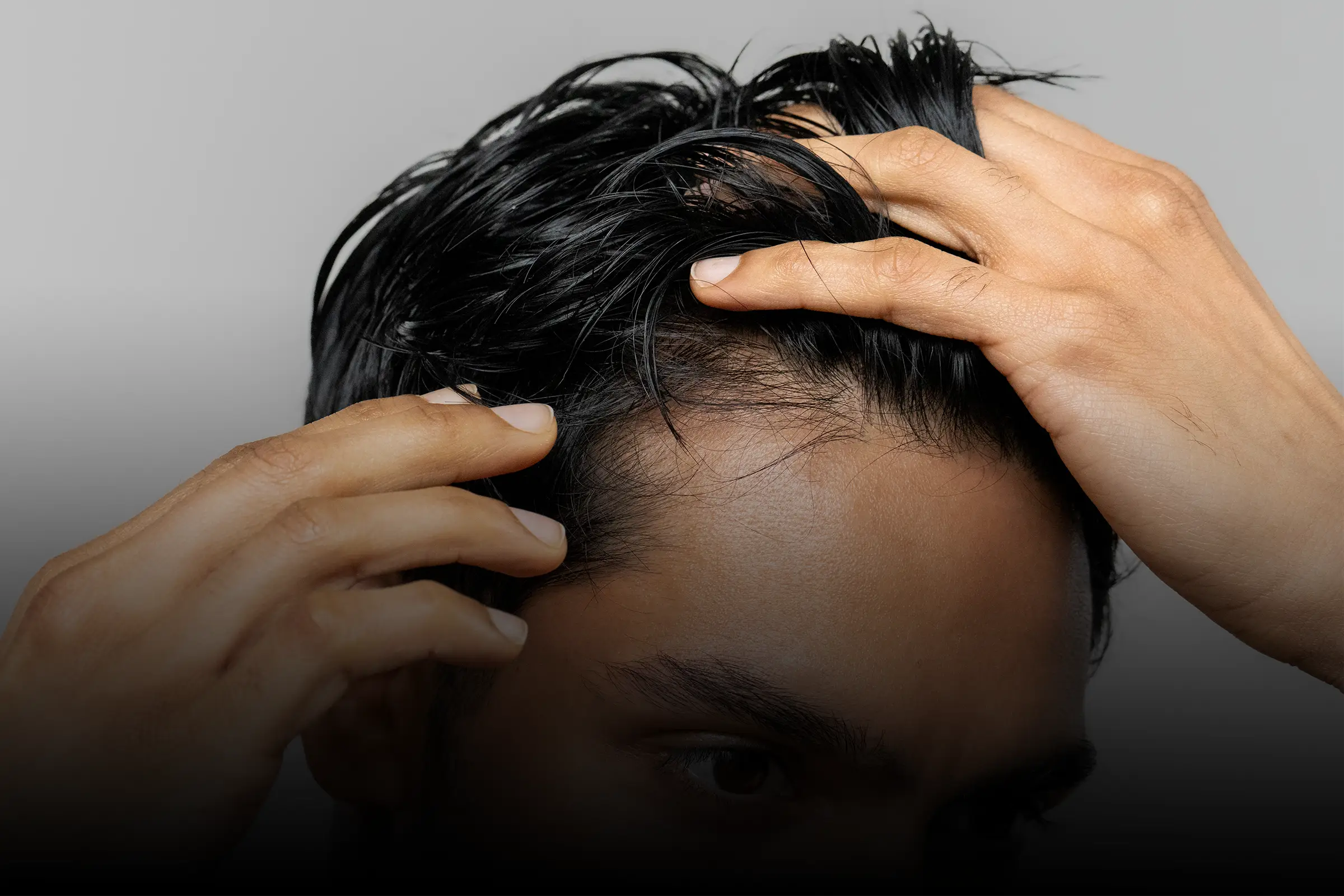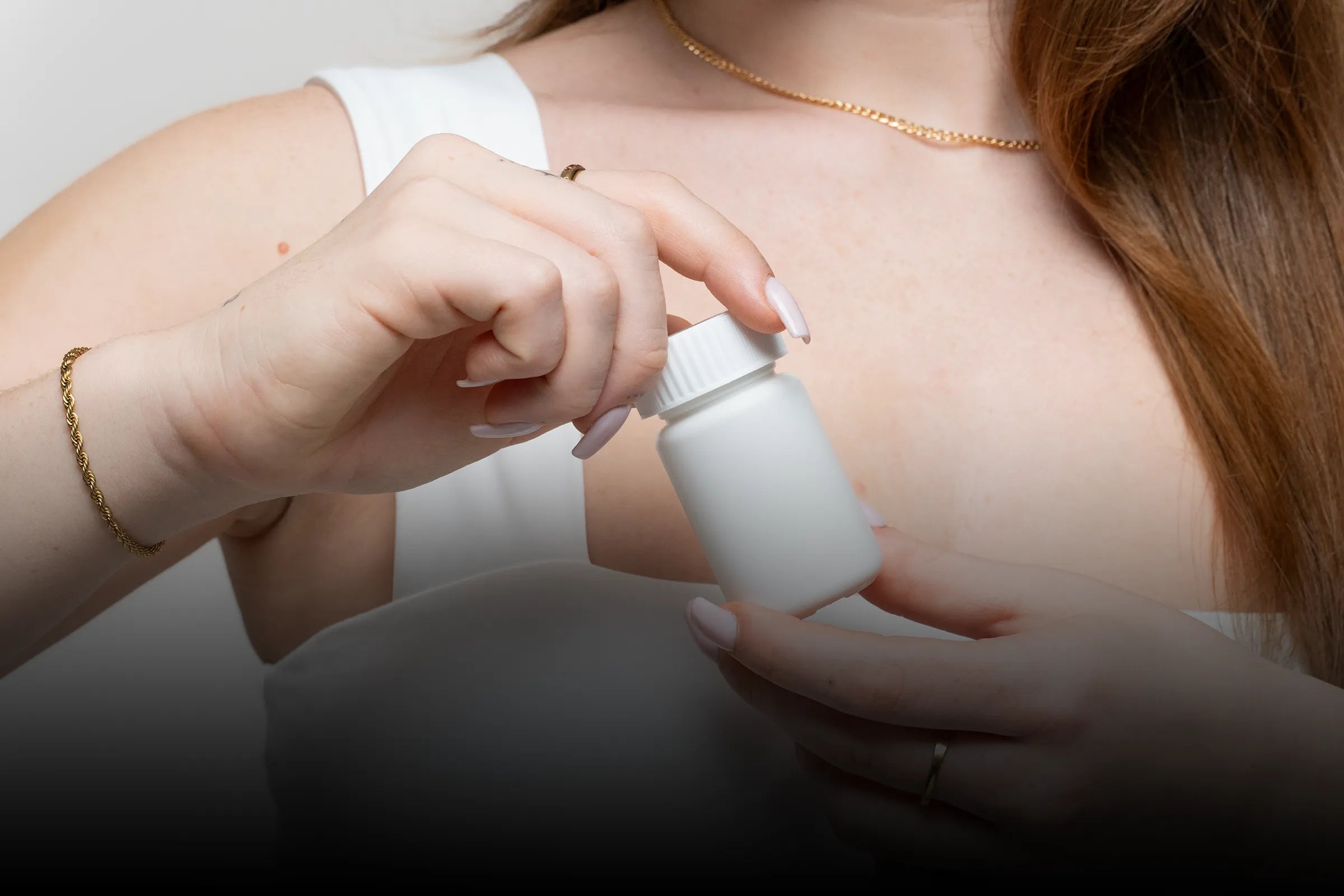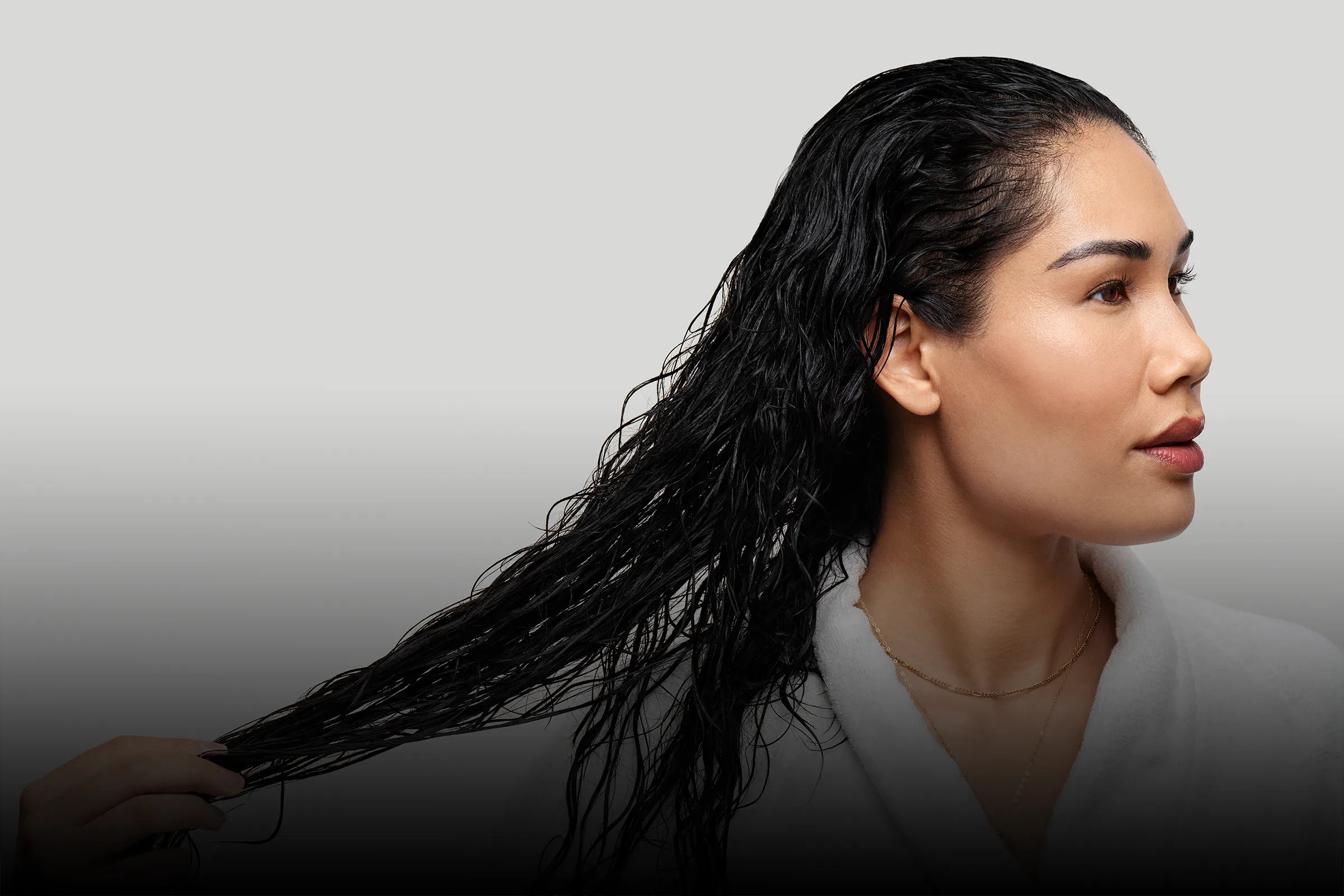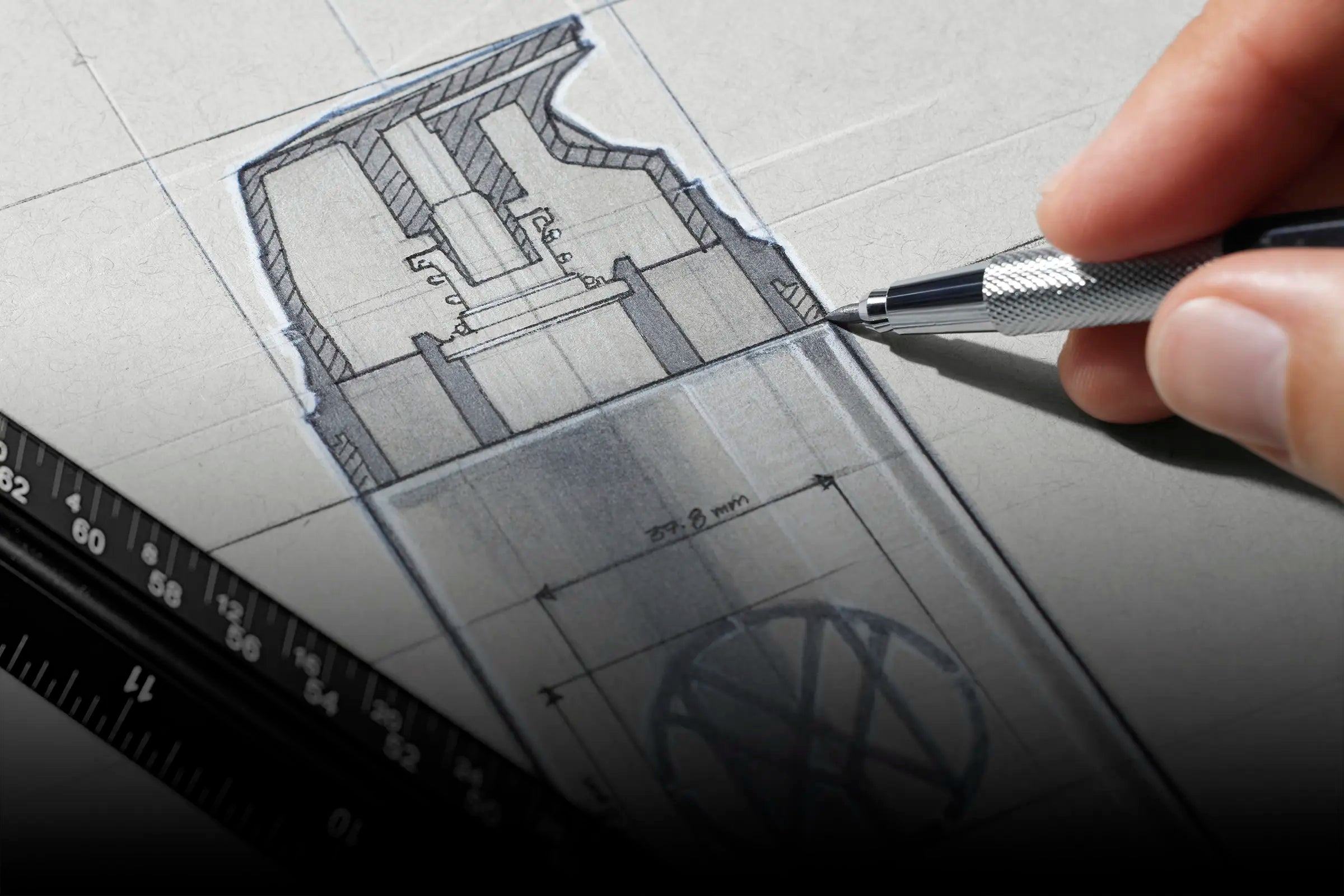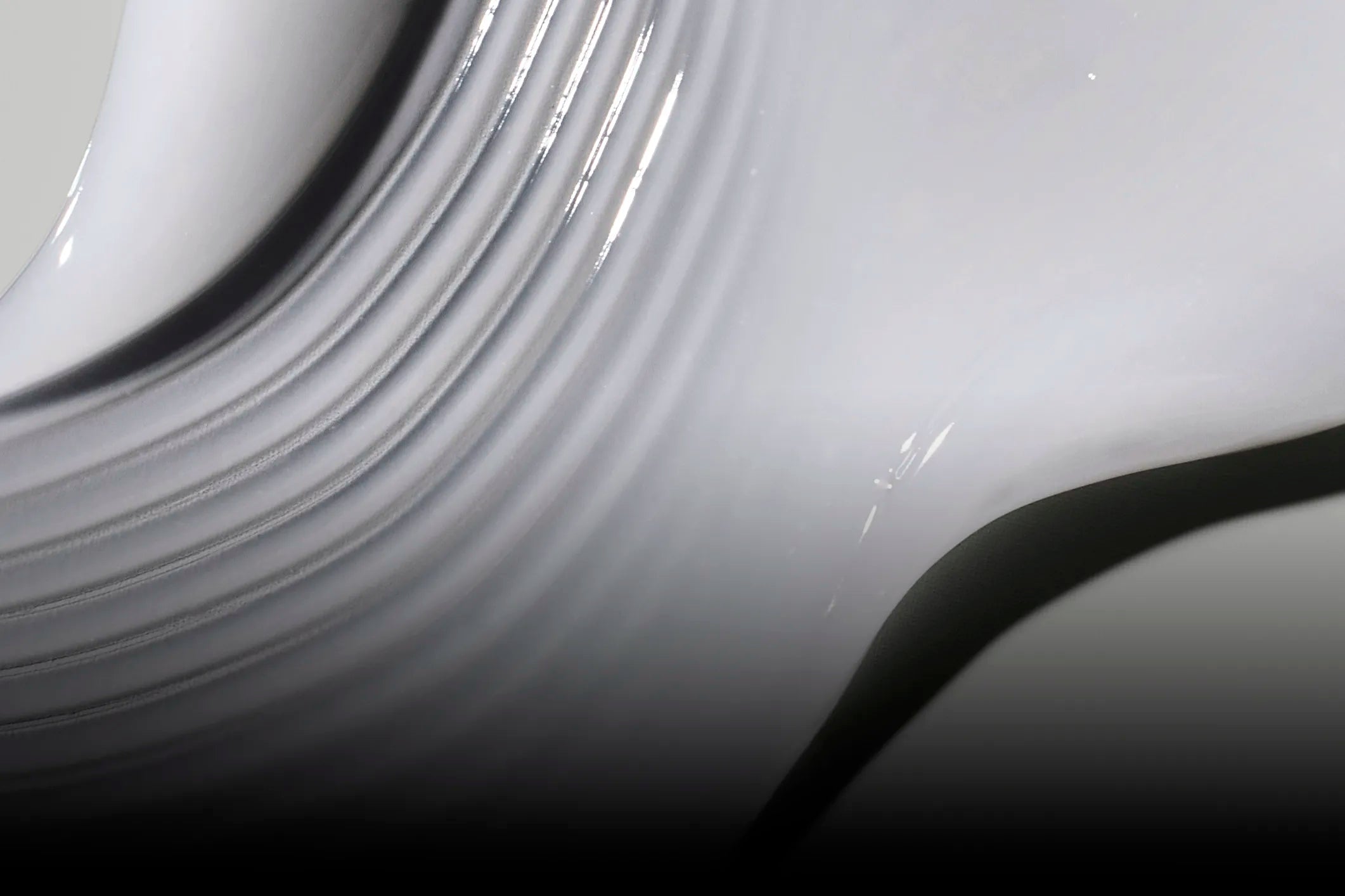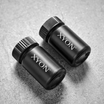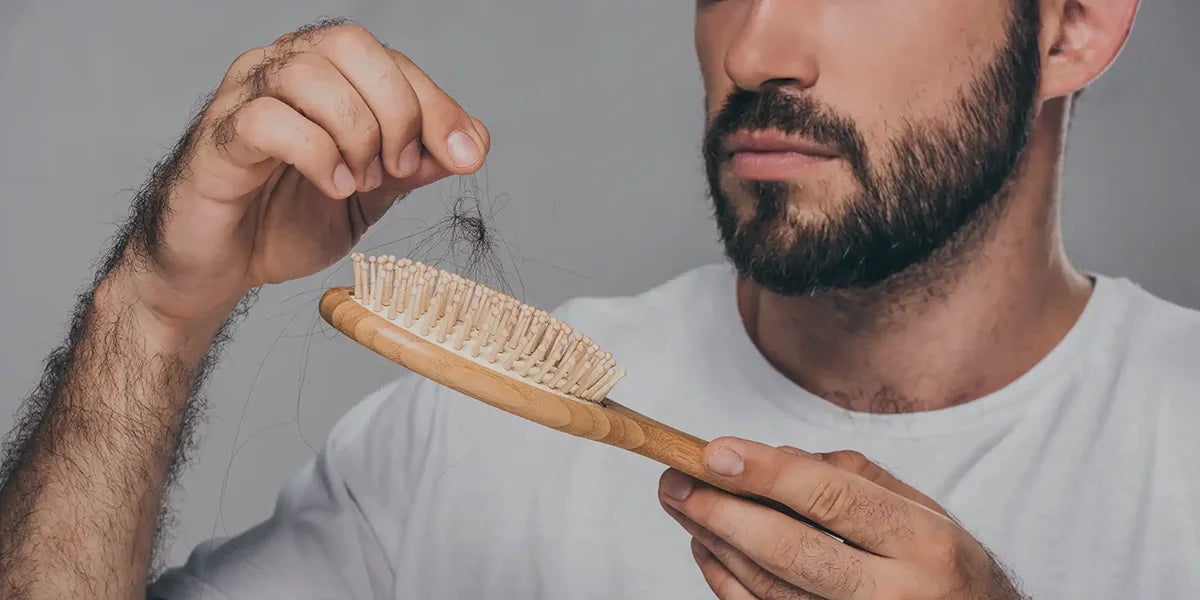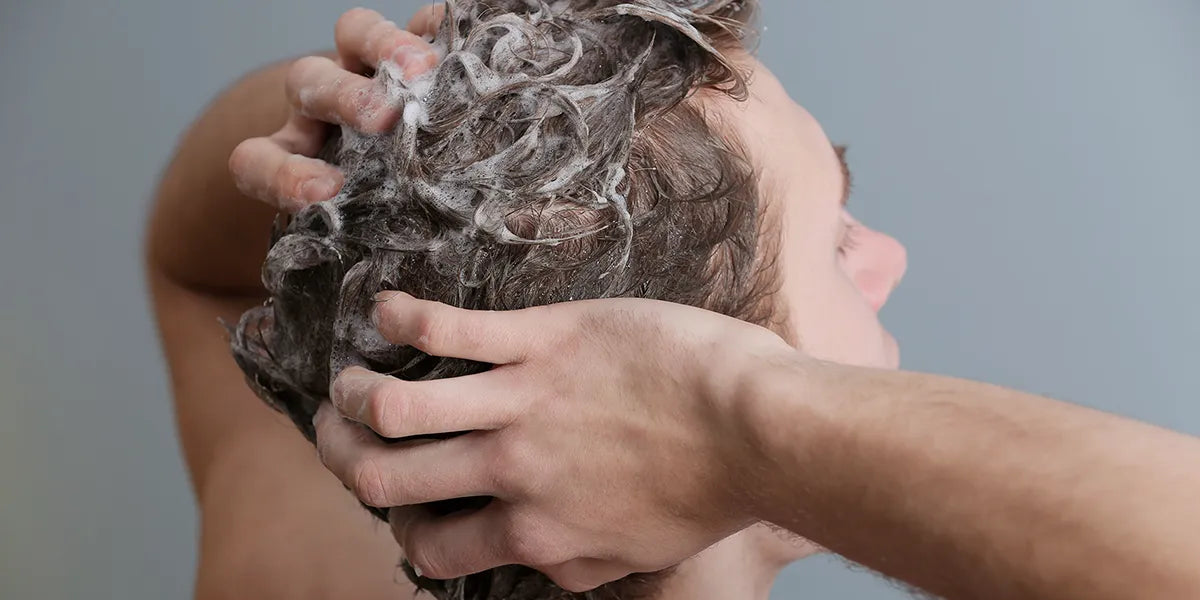If you’re taking finasteride for hair loss, it can be alarming when you suddenly experience increased hair loss. This shedding is more common than you think and isn’t necessarily a cause for concern. In fact, this shedding can happen with any hair loss treatment and is not unique to finasteride. In this article, we’ll focus on finasteride and talk about what finasteride shedding is, when to expect finasteride shedding and what you can do if you’re experiencing shedding while taking a hair loss treatment.
Finasteride shedding: What is it?
Finasteride shedding refers to an unexpected increase in hair loss that begins shortly after starting finasteride treatment. It can occur with the oral or topical formulations of finasteride. It’s related to changes in the hair growth cycle and is not to be confused with a true drug intolerance or allergy.
It also does not mean that your pattern hair loss has suddenly worsened. Shedding associated with finasteride treatment tends to affect the entire scalp and not just the areas where there is visible thinning (e.g. the hairline or crown of the head). Additionally, hair loss is restricted to the scalp and does not occur anywhere else on the body.
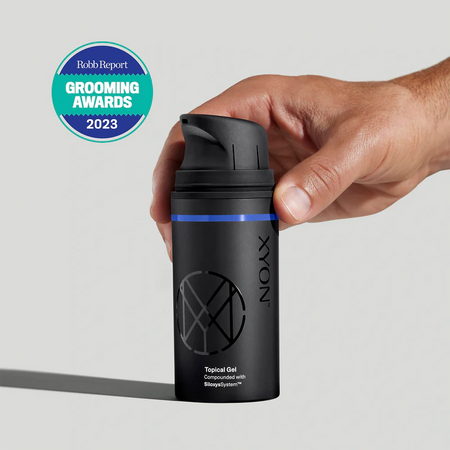

Shedding while on hair loss treatment? You're not alone.
XYON's topical finasteride resets the hair growth cycle, making room for stronger, more resilient hair growth.
Why does finasteride cause shedding?
Finasteride does not directly cause shedding. Rather, it’s reduced dihydrotestosterone (DHT) levels as a result of taking finasteride that have an effect on the hair growth cycle. As DHT concentrations decrease, hair follicles spend more time in the active growth phase and the time between successive hair growth cycles also decreases (van Neste et al., 2000).
The shedding you experience shortly after starting finasteride is an indication that hair follicles have entered new growth cycles. To make room for developing hairs, existing hairs must first be pushed out. When this happens en masse, you have a sudden increase in hair loss.
When does finasteride shedding start?
There is some variation when it comes to when patients begin to notice this increased shedding. In most cases, this can be as early as within the first month of beginning a new hair loss treatment. In other instances, it may take up to two or three months for the individual to notice some increased hair shedding.
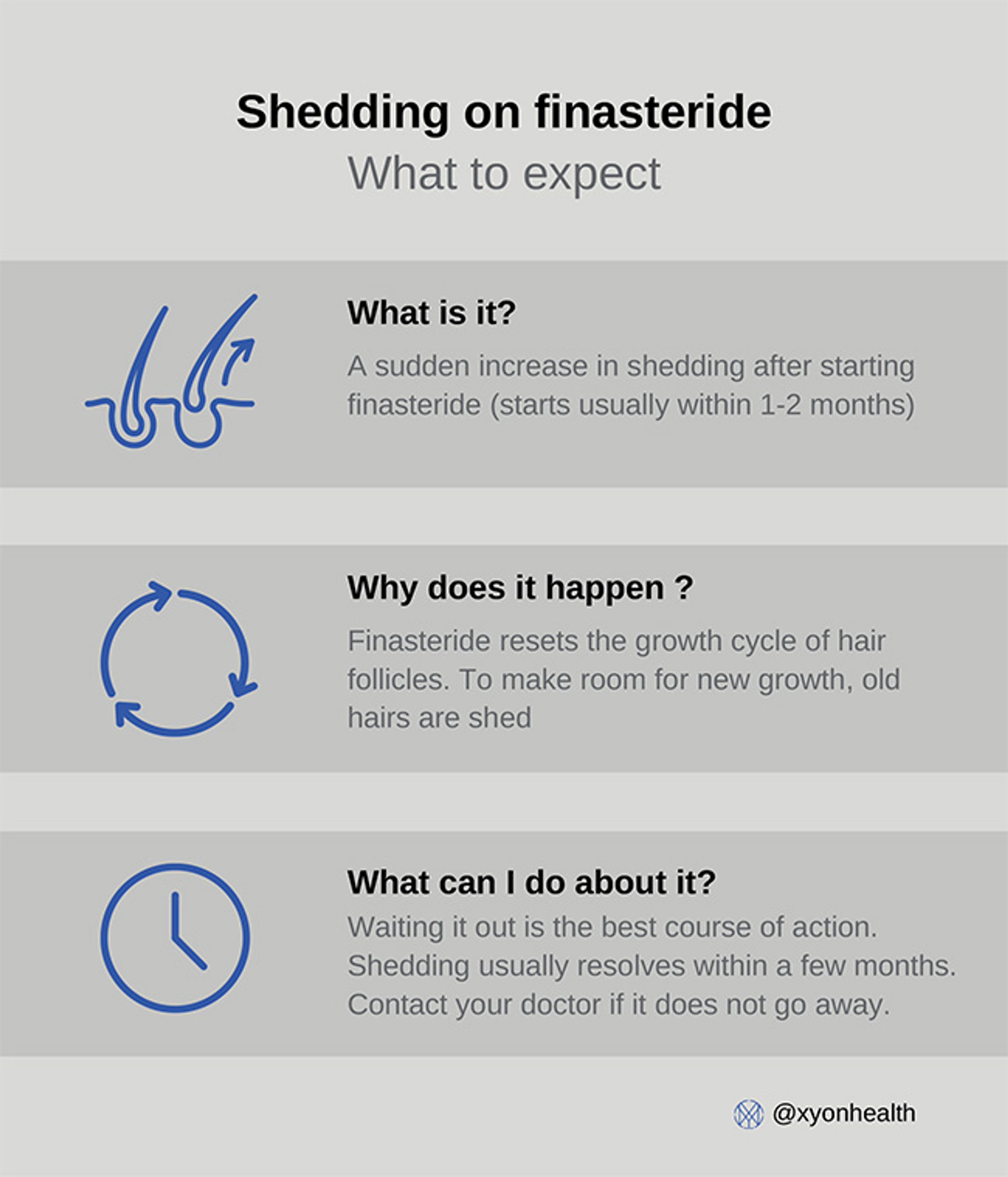
Finasteride shedding: How long does it last?
The good news about this kind of shedding is that it’s typically self-limiting and resolves with time. By the sixth month of treatment, most patients see resolution of treatment-related shedding, but shedding can certainly stop earlier. If hair loss continues long-term, it may be necessary to consult your doctor to determine whether there may be some other underlying cause for your hair loss.
What should I do if I have shedding while on finasteride?
Don’t panic. You may need to wait things out and see whether shedding improves. It’s important that if you’re concerned about hair loss after starting finasteride, that you do not attempt to change your dose without first speaking to your doctor. They’ll be able to work with you to review options for managing finasteride shedding.
